Birds and pollution
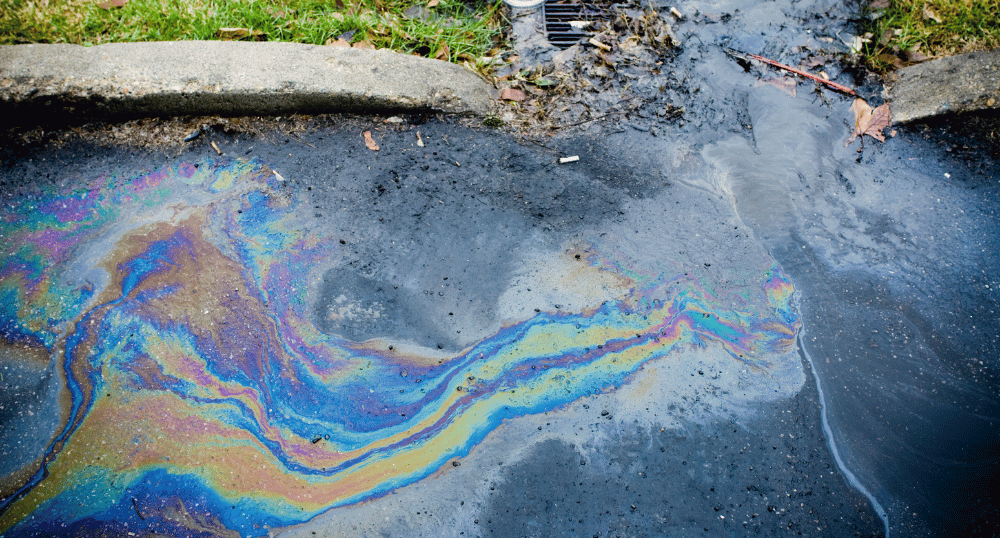
Related topics
Marine oil pollution
In the marine environment, seabirds are particularly vulnerable to oil pollution, especially species of auk, seaduck and diver that spend a lot of time on the surface where the oil forms a film. Large-scale oil spills, such as the grounding of the Sea Empress oil tanker off Pembrokeshire in 1996, result in the release of thousands of tonnes of oil and cause mass seabird mortality.
Although these acute events can affect large numbers of individuals, chronic oil pollution – from vessels cleaning out fuel tanks at sea, for example – has a greater impact on seabirds because of its persistence over time. Oil can suffocate individuals or destroy the water-proofing properties of their feathers, resulting in hypothermia and reduced buoyancy. If ingested, oil and associated toxins can damage birds’ internal organs and affect their metabolism. This can lead to dehydration and poisoning, as well as problems including liver damage and endocrine (hormonal) disruption.
Even a relatively small amount of oiling that does not kill a bird can have so-called sublethal effects, with negative consequences for that individual’s long-term breeding success and survival. Oil spills can also affect seabirds through displacement from foraging habitats and reduced food availability; in the winter following the Sea Empress spill, Common Scoters were displaced from favoured foraging locations to areas with less energetically profitable prey.
To monitor oil pollution, systematic surveys of birds found dead on beaches have been used in the North Sea region since the 1970s. These have shown a decline in seabird oiling rates in recent decades. However, there are concerns about the predicted increase in marine traffic and hydrocarbon exploration in the Arctic following the opening of new sea routes which are now passable as climate change causes ice to retreat.
Increased shipping and extraction activity may lead to more chronic oil pollution in these colder, higher-latitude waters, where oil can persist for longer. Seabirds here could also be more vulnerable to the effects of oil than further south, because they are already subject to greater thermal stress as they struggle to adapt to their warming environment.

Plastic pollution
Over 56% of seabird species globally are estimated to have been affected by anthropogenic debris, predominantly plastic.
Plastic can also be a very visible form of pollution, especially when covering our beaches. It is estimated that 4.8–12.7 million metric tonnes of plastic enter our oceans each year. It is therefore not surprising that marine species encounter it. Over 56% of seabird species globally are estimated to have been affected by anthropogenic debris, predominantly plastic, through ingestion, entanglement or incorporating it into their nests (which can, in turn, create an entanglement risk). And the more species we look at, the more examples we find.
However, although we know that plastic can cause injury or death to individuals, we do not understand the potential sublethal effects plastics (and associated contaminants) may have, especially in relation to ingestion. Or more importantly, what population-level effects plastic might have on species, in isolation or in combination with other threats seabirds are affected by.
It is not just seabirds and the marine environment that are affected by our plastic waste. A high proportion of the plastic that enters our oceans comes from land-based sources, including urban areas and agricultural land, with rivers being a major carrier. Therefore, many terrestrial and freshwater birds are also affected by plastic and other anthropogenic debris.


In some species, such as the Great Tit, individuals sing at a higher frequency in cities than in the surrounding countryside, to ensure they are heard.
Urban pollutants
Urban areas can be particularly affected by pollution, as well as being a source of pollutants. Air pollution related to urban traffic can be a major problem for wildlife (including humans) and is thought to be one of many factors involved in the decline of House Sparrows. The combustion of petrol and diesel leads to high levels of nitrogen oxides and soot, which reduces the abundance and diversity of insects, an important prey item for the chicks of House Sparrows and other species.
Non-chemical pollutants
In urban areas, pollution associated with noise and light arises. These affect the behaviour and phenology of birds, for example through altering an individual’s daily rhythm. Although often subtle, these changes can affect health, breeding success and survival. Birds respond to noise pollution in different ways depending on its intensity, frequency and duration. Urban background noise, especially traffic, can mask low-frequency birdsong. In some species, such as the Great Tit, individuals sing at a higher frequency in cities than in the surrounding countryside, to ensure they are heard. In other species, such as the Robin, individuals instead sing during the night when the background noise is quieter.
If you look at the night-time satellite imagery of the world you can see how extensively lit up urban areas are. As well as affecting species living within these areas, artificial light at night (ALAN) can alter the navigation and orientation of nocturnally migrating birds. This can result in the mortality of large numbers of individuals, where attraction or disorientation by light leads to collisions with buildings and other structures. Seabird fledglings can also be disorientated by ALAN. The chicks of certain species, including Puffins and Manx Shearwaters, fledge at night to reduce the risk of predation. However, for colonies near built-up areas, ALAN can result in them becoming grounded on land on their first flights. In locations where this frequently occurs, teams of volunteers search for grounded fledglings to release back out to sea.
Pesticide pollution
A common problem is properly understanding the sublethal effects of pollutants on birds, meaning it can be very difficult to establish how certain pollutants might negatively affect individuals and populations. A famous example of a sublethal pollution effect is that of the organochlorine insecticide, dichlorodiphenyltrichloroethane (DDT), which contributed to raptor declines in the mid twentieth century.

Determining the role of DDT in these declines required some detective work. During the early 1950s, Derek Almey Ratcliffe, an influential conservationist, noticed a puzzling increase in the occurrence of broken and missing eggs in raptor nests across the UK, largely of Peregrine Falcons, but also Sparrowhawks and Golden Eagles. Ratcliffe realised that the weight and thickness of the eggshells of these broken eggs had decreased over time. This eggshell thinning caused hatching failure and reduced productivity. Following these concerns, a national breeding survey was organised by BTO in 1961 and 1962 revealing a decline in the abundance and breeding success of UK Peregrines. But what was the cause of this eggshell thinning? Further deductions led to the conclusion that DDT was the culprit, after its increasingly widespread use since it first became available in the UK in 1944‒45.
Eggshell thinning in raptors and other bird species was found to be a global issue, leading to public outcry and a ban of the agricultural use of DDT in most countries by the 1980s. This ban has been effective in improving the breeding success of many raptors and other affected species.
Neonicotinoids
More recently another type of pesticide has come under the spotlight – neonicotinoid insecticides. Once taken up, these chemicals are transported around the entirety of a plant including its seeds, pollen and nectar. Research on the environmental effects of neonicotinoids is in its infancy. However, as they are persistent in the environment, they are thought to have cumulative effects on invertebrates and their predators. Initial evidence suggests neonicotinoids negatively impact some bees, farmland birds and aerial insectivores through affecting their growth, reproduction and behaviour. Recent research in the UK found no overall consistent effect of neonicotinoids applied as seed treatments on farmland bird populations. However, this study did find negative associations with Skylark and House Sparrow populations. While the EU banned the outdoor use of the three main neonicotinoids in 2018, they are still used on agricultural crops around the globe.
Interestingly, some bird species, such as House Sparrows, have been documented to incorporate cigarette butts into their nests. The nicotine in these butts is chemically similar to neonicotinoids, and therefore they can act as an efficient insecticide against nest ectoparasites. However, having cigarette butts in the nest may not be all good news with some evidence that they result in physiological costs to the nesting birds.

Monitoring pollution
Given the position of many bird species in or near the top of the food chain, birds can be useful indicator species on the health of the natural environment, including on levels of pollutants. In the North Sea, oiling rates of Guillemots during winter are included by OSPAR (an international convention that protects the marine environment in the North-east Atlantic) as an Ecological Quality Objective (EcoQO) Indicator Species to monitor oil pollution. Fulmars are also an EcoQO Indicator Species, for monitoring plastic pollution, through recording the amount of ingested plastic in the stomachs of washed-up individuals.
Bird eggs are commonly used to monitor pollutants in the environment. The Great Lakes American Herring Gull Monitoring Program in Canada and the United States uses eggs in one of the longest-running pollution-monitoring programmes in the world. It began in 1974 and monitors a whole suite of pollutants including persistent organic pollutants (POPs), mercury and flame retardants. Levels of mercury and organochlorines are also monitored at estuaries around the North Sea, using Common Tern and Oystercatcher eggs as EcoQO Indicators.
In the UK, the Predatory Bird Monitoring Scheme was established in the 1960s following the discovery of the role of pesticides in raptor population declines. This scheme monitors the levels of a range of pollutants in addled or deserted eggs, and in the livers of dead raptors. It aims to identify chemical risks to top predators, including potential new risks from emerging pollutants. Novel techniques to sample live birds have also been successfully used to monitor levels of certain pollutants, such as POPs and heavy metals, especially mercury, using feathers, preen-gland oil and faeces.
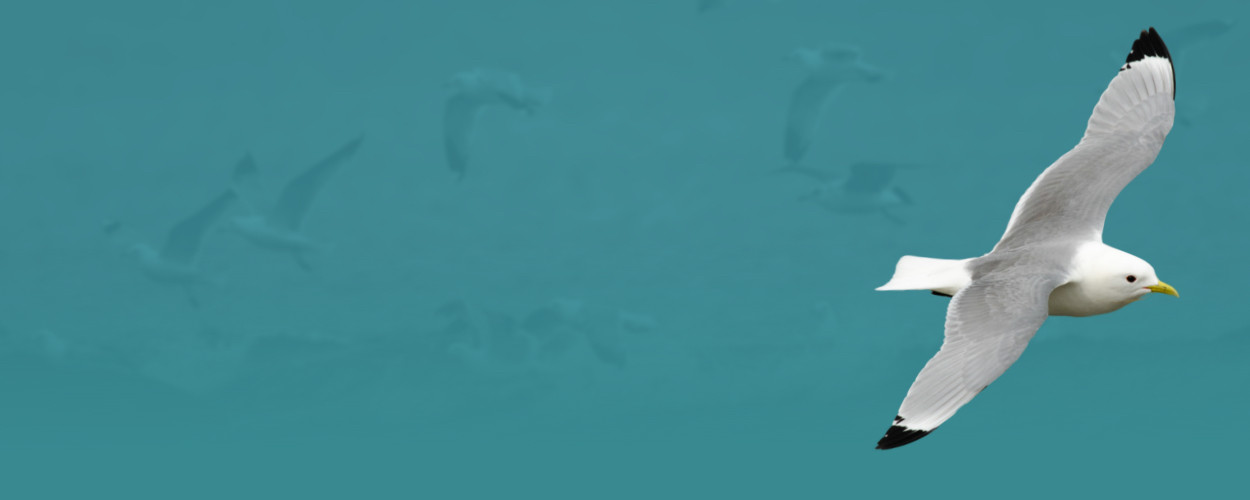
Our lost seabirds – help us secure their futures
We’re developing skilled volunteers to collect the data we need to inform scientific research and policy decisions. Without your support our seabirds could be lost forever.

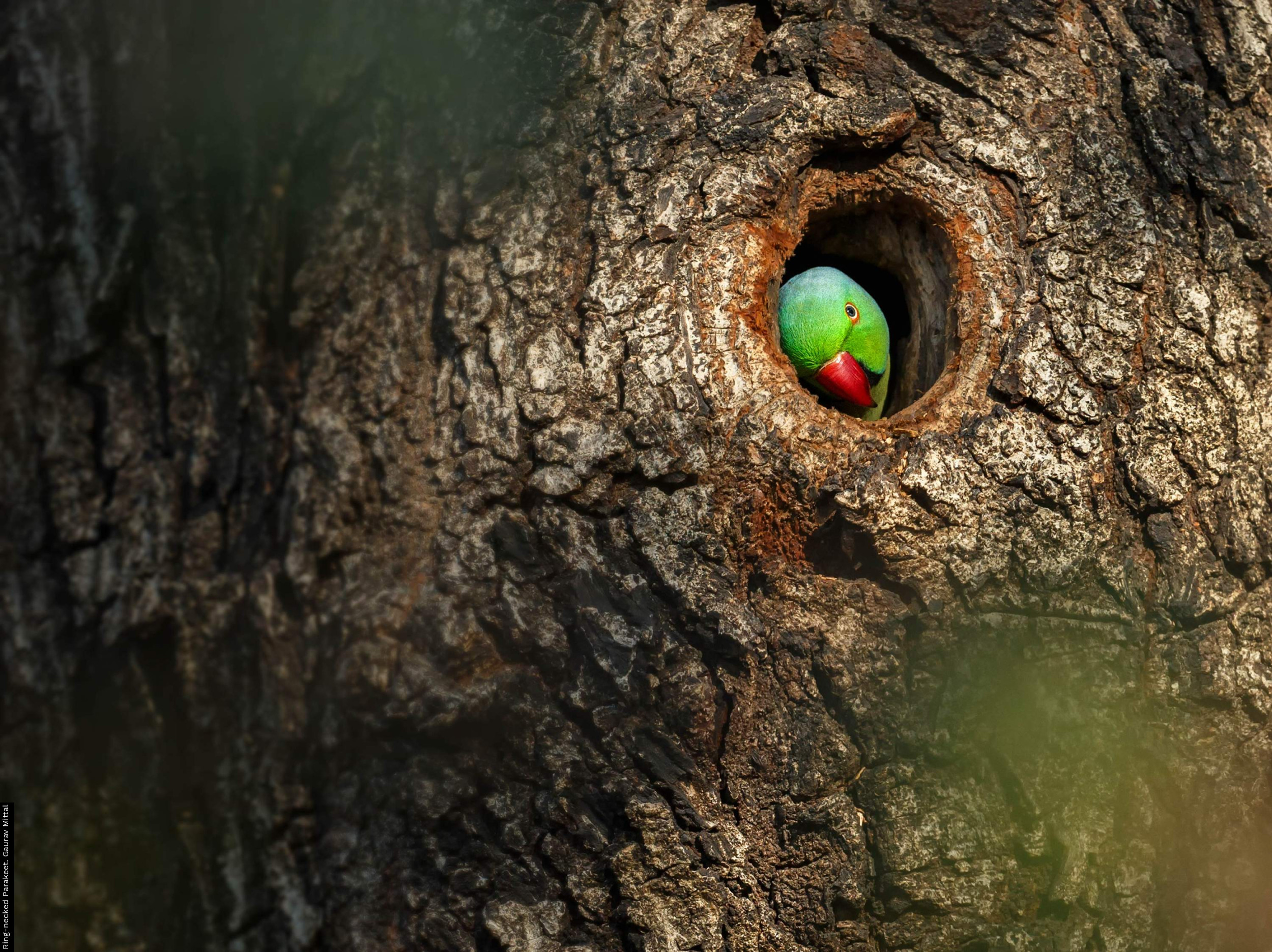
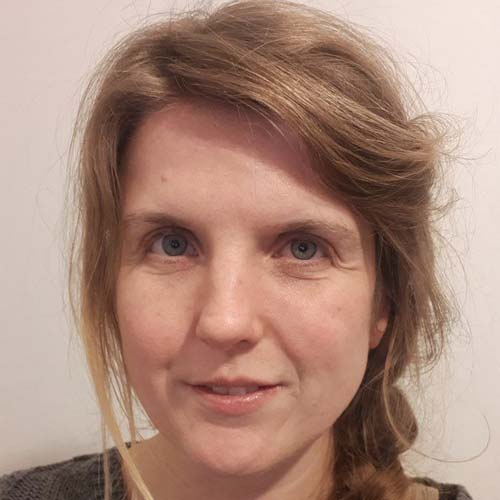

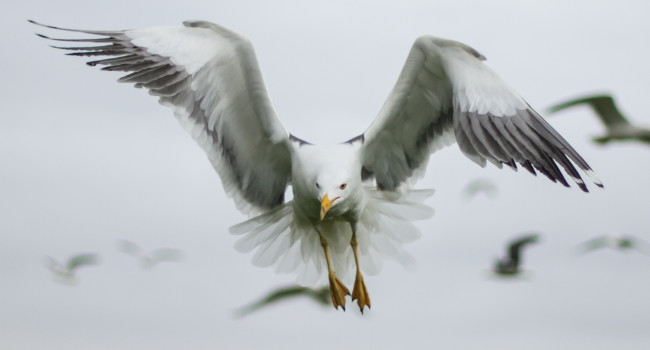
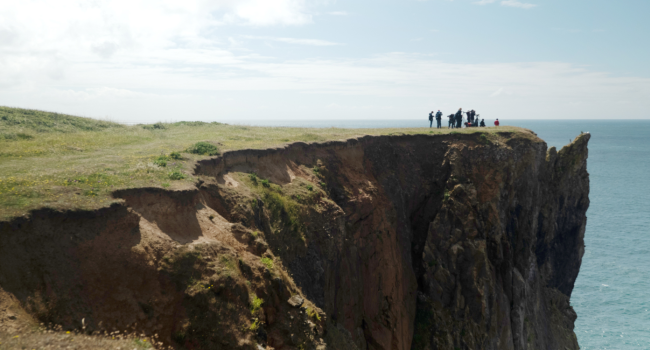

Share this page